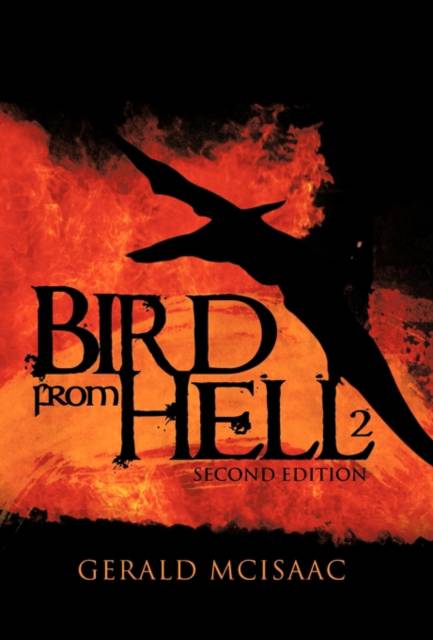
- Afhalen na 1 uur in een winkel met voorraad
- Gratis thuislevering in België vanaf € 30
- Ruim aanbod met 7 miljoen producten
- Afhalen na 1 uur in een winkel met voorraad
- Gratis thuislevering in België vanaf € 30
- Ruim aanbod met 7 miljoen producten
Zoeken
Omschrijving
As children, we are captivated by stories of huge, fantastical creatures, such as the wooly mammoth and the pterodactyl. The prevailing wisdom is these species are long extinct, but new evidence uncovered by author Gerald McIsaac casts doubt on these widely held assumptions. McIsaac gathered stories from the elders of the First Nation-those who were formerly referred to as Indians, Native Americans, or Aboriginals. First Nation elders provided McIsaac with detailed descriptions of six species long thought to be extinct. These species include the "Devil Bird," the "Hairy Elephant," the "Wilderness Wolf," the "Rubber-Faced Bear," the "Lake Monster," and "Sasquatch." In Bird from Hell, McIsaac separates fact from fiction by comparing eyewitness accounts of these species with scientific opinion concerning their identity. His conclusion is that these huge species are not extinct, but he needs assistance in gathering evidence to substantiate this claim. By following the simple directions provided in Bird from Hell, you can help prove these various species still exist.
Specificaties
Betrokkenen
- Auteur(s):
- Uitgeverij:
Inhoud
- Aantal bladzijden:
- 124
- Taal:
- Engels
Eigenschappen
- Productcode (EAN):
- 9781426966439
- Verschijningsdatum:
- 21/04/2011
- Uitvoering:
- Hardcover
- Formaat:
- Genaaid
- Afmetingen:
- 140 mm x 216 mm
- Gewicht:
- 294 g

Alleen bij Standaard Boekhandel
+ 42 punten op je klantenkaart van Standaard Boekhandel
Beoordelingen
We publiceren alleen reviews die voldoen aan de voorwaarden voor reviews. Bekijk onze voorwaarden voor reviews.








